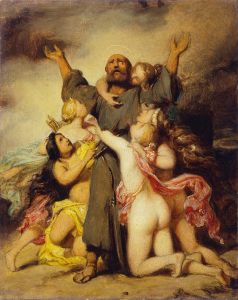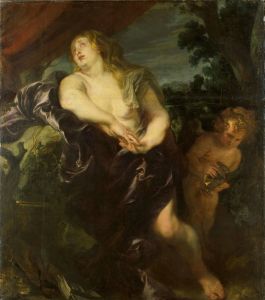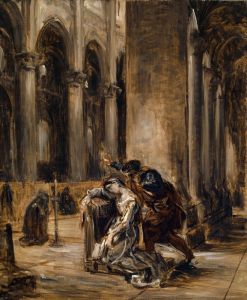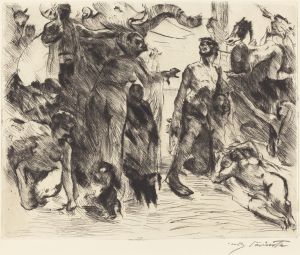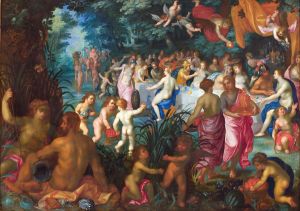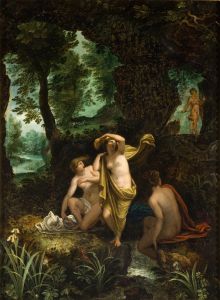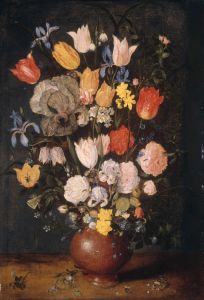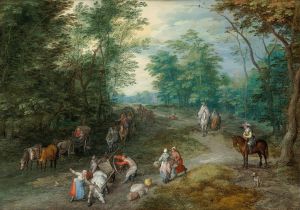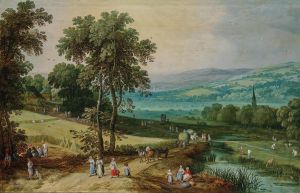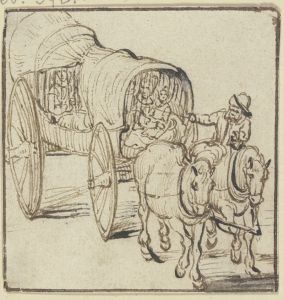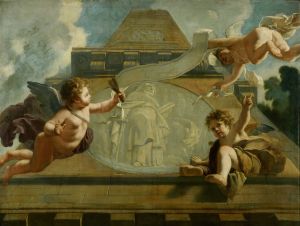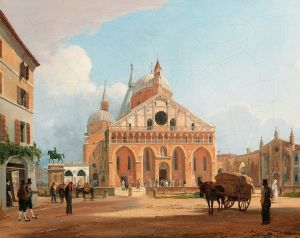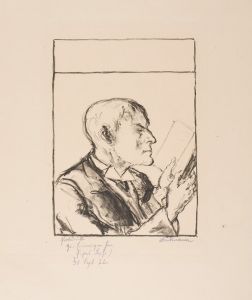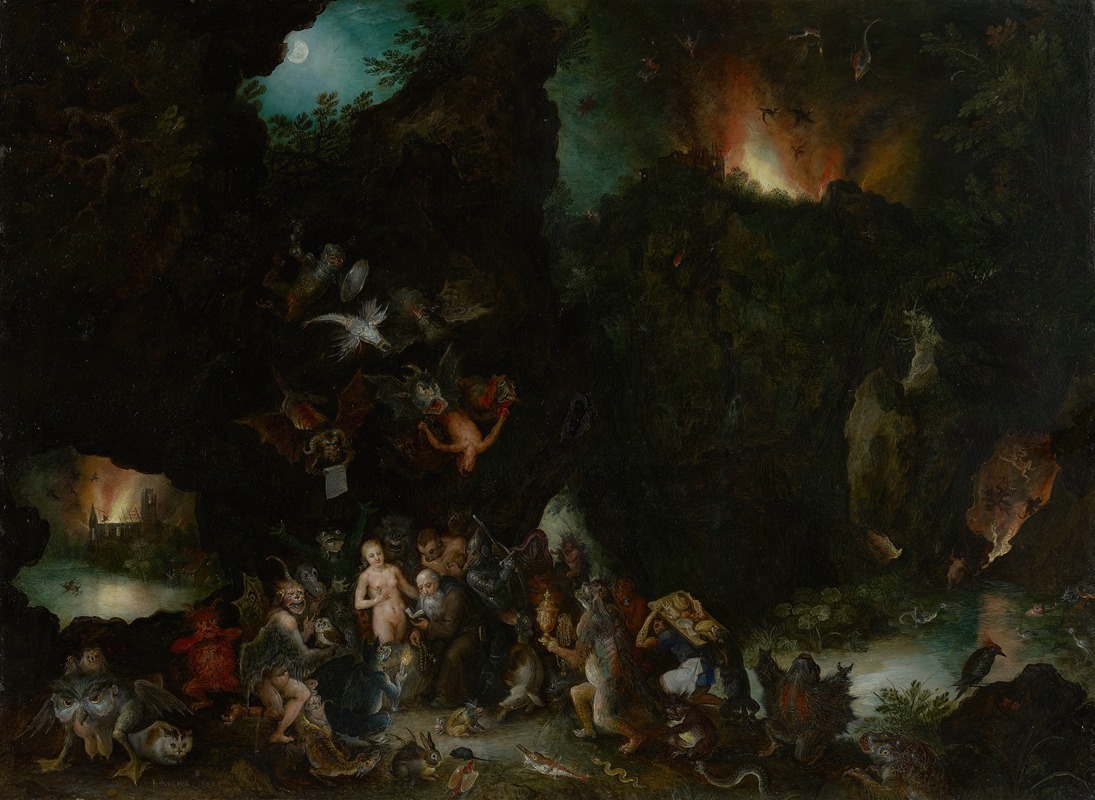
The Temptation of Saint Anthony
A hand-painted replica of Jan Brueghel The Elder’s masterpiece The Temptation of Saint Anthony, meticulously crafted by professional artists to capture the true essence of the original. Each piece is created with museum-quality canvas and rare mineral pigments, carefully painted by experienced artists with delicate brushstrokes and rich, layered colors to perfectly recreate the texture of the original artwork. Unlike machine-printed reproductions, this hand-painted version brings the painting to life, infused with the artist’s emotions and skill in every stroke. Whether for personal collection or home decoration, it instantly elevates the artistic atmosphere of any space.
Jan Brueghel the Elder's painting The Temptation of Saint Anthony is a notable work by the Flemish artist, who was active during the late 16th and early 17th centuries. Jan Brueghel the Elder, the son of Pieter Bruegel the Elder, was renowned for his intricate landscapes, detailed still lifes, and depictions of fantastical scenes. This painting reflects his skill in combining religious themes with imaginative and often surreal imagery.
The subject of the painting, Saint Anthony, is a Christian saint known for his ascetic life and the trials he endured in the desert, as described in Christian tradition. The theme of Saint Anthony's temptation was a popular one in European art, particularly during the Renaissance and Baroque periods, as it allowed artists to explore the conflict between spiritual devotion and worldly or demonic distractions. In Brueghel's interpretation, the saint is typically depicted surrounded by grotesque and fantastical creatures, symbolizing the temptations and struggles he faced.
Brueghel's The Temptation of Saint Anthony is characterized by its meticulous detail and the artist's ability to create a vivid, otherworldly atmosphere. The painting features a chaotic and densely populated scene, with a variety of bizarre and monstrous figures that reflect Brueghel's imagination and his interest in the grotesque. These creatures often combine human, animal, and mechanical elements, showcasing the artist's creativity and his ability to render complex compositions.
The work also demonstrates Brueghel's mastery of color and texture, as well as his skill in creating depth and perspective within a crowded and dynamic composition. The landscape, a hallmark of Brueghel's style, serves as a backdrop to the dramatic scene, blending naturalistic elements with fantastical ones.
While the exact date of the painting is not always clearly documented, it is consistent with Brueghel's broader body of work, which often explored themes of morality, religion, and human folly through detailed and imaginative imagery. The painting is an example of the Northern Renaissance tradition, which emphasized precision and symbolism.
As with many of Brueghel's works, The Temptation of Saint Anthony reflects the cultural and religious concerns of its time, offering a visual meditation on the challenges of faith and the power of spiritual resilience. The painting is housed in various collections, with different versions or interpretations attributed to Brueghel and his workshop, a common practice among artists of the period.





